Last Updated on August 7, 2025
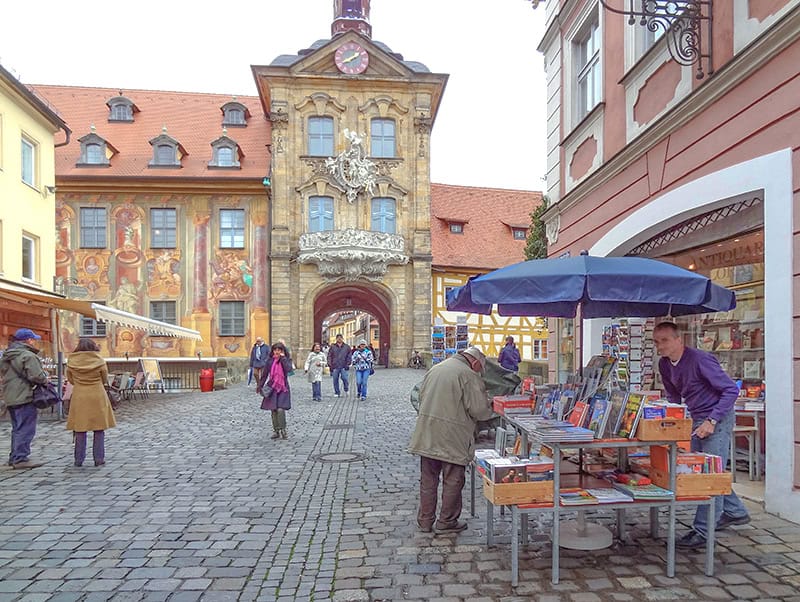
With the rise in popularity of air and train travel in the mid-20th century, many river towns in Germany lost their luster. Today though, there’s a resurgence in their popularity thanks to river cruising. They’re good days trips from Munich and are still as magical as they once were …
Estimated reading time: 7 minutes
By Jim Ferri
Bavaria is Germany’s top holiday destination, and Munich, the region’s capital, is one of its star attractions.
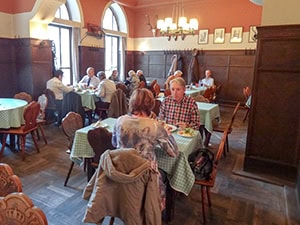
If you’re going to Munich, also consider setting your sights on one or more of these Bavarian river towns. Each has a unique, captivating charm. In fact, their allure is so strong each has become a popular river cruise destination.
However, you don’t need to go on a cruise to see them. You can easily reach each on day trips from Munich. Although you can get there by train or bus, I suggest seeing them by car. Then you’ll have more leeway to stop in other little tantalizing places you’ll pass along the way. Also, you won’t be tied to a schedule.
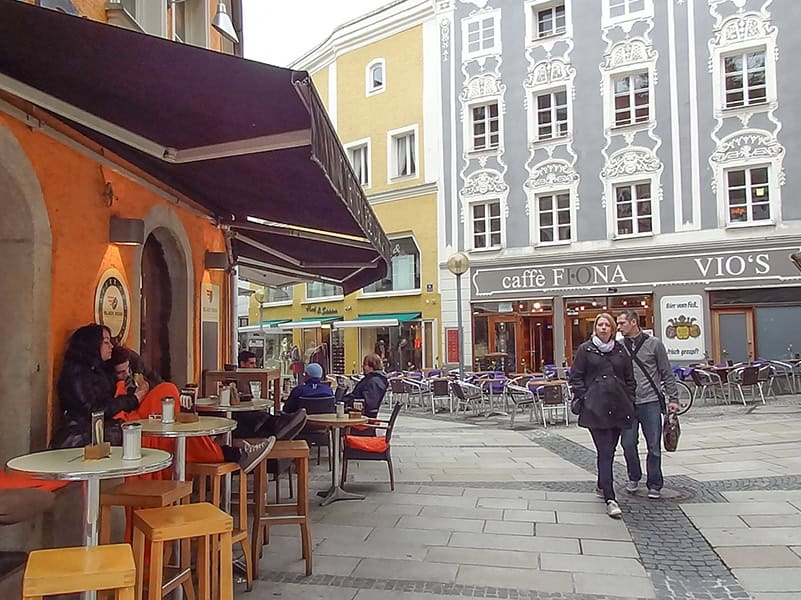
Popular Passau
- Train: 2:15hrs ($30-45) / Bus: approximately 4hrs ($n/a) / Car: 118 miles
Passau is a postcard-perfect little Bavarian city with a beautiful old town that appears so Italianate in style. It’s a wonderful day trip, only two hours or so from Munich.
However, that location also proved problematic. At Passau’s Rathaus, you’ll see high-water markings on the exterior of the building, the result of floods over the centuries (the highest occurred in 1501). Still, the Rathaus is a beautiful building cobbled together from eight patrician houses.
On this day trip from Munich, visit Baroque St. Stephan’s Cathedral to see its massive pipe organ (with 17,774 pipes, the largest in Europe). But don’t linger; there’s much more to see in the town.
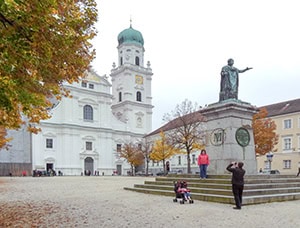
You can also visit the former castle of the prince-bishops, which is now a regional museum. I also enjoyed the well-regarded Passauer Glass Museum and the Old Bishop’s Residence.
Much of the city is a warren of colorful, little streets lined with shops, restaurants, and apartments. Rest for a while at one of the many cafés along picturesque Rindermarkt. The entire area has a medieval feel with its archways and alleyways.
You’ll also find the market area one of the prettiest places in the small city. Multicolored buildings and little stores and shops line its streets.
I enjoyed the chutney shop with its sampling table out front, the bakeries with various cakes and strudels, and the funky little Café Bar Centrale. The café, symbolic of Passau’s coffee culture, appears as if snatched right out of the 19th century.
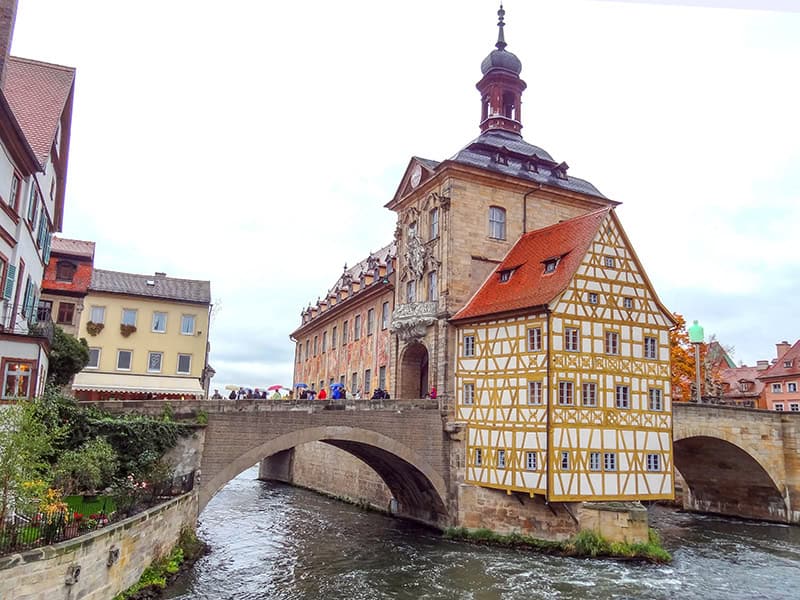
Beautiful Bamberg
- Train: 1:43hrs ($50-60) / Bus: approximately 4 hrs ($25-35) / Car: 142 miles
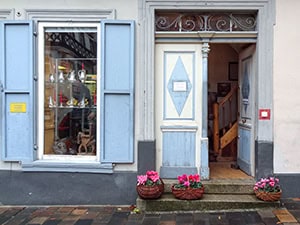
For many people, Bamberg is arguably Old Germany at its finest. It is a beautiful little city where, seemingly everywhere you turn, you find old timbered houses on one street and old Wedgewood-style architecture on another.
It’s a city that screams with color, from pastel buildings to the blazing red geraniums tumbling out of window boxes.
Be sure to visit the 800-year-old, triple-nave Bamberg Cathedral, Pope Clement II’s final resting place. It’s also home to the famous equestrian statue of the “Bamberg Rider,” whose identity has remained a mystery for centuries.
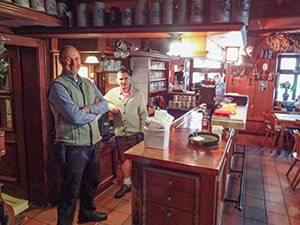
First and foremost, see the old town hall, which sits on an island in the middle of the river. Its beautiful exterior and dramatic location make it the most photographed building in town.
Some restaurants in the old city serve traditional Franconian food. Bambergers also love their bier, as witnessed by the town’s eight breweries, many of which operate good restaurants.
The New York Times calls Bamberg “a beer drinker’s Eden…there are more breweries here than in Munich.” Be aware that Bamberg’s raunchier beer has a unique smoky flavor. As a result, it’s an acquired taste, much like the city’s local delicacy, stuffed onions.
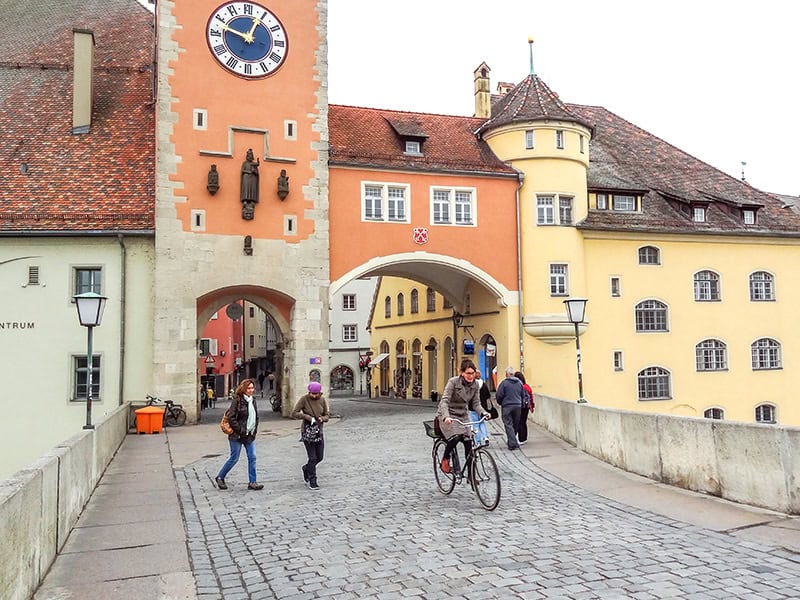
Regensburg, a Wonderful Day Trip From Munich
- Train: 1 1/2 hrs ($24-35) / Bus: approximately 2 hrs ($13-19) Car: 77 miles
Regensburg, on the Danube River, is Germany’s largest medieval city and a great day trip from Munich. Originally a Celtic settlement, it later became a campsite for Roman soldiers.
Today, it’s a quiet little town with beautiful Baroque buildings that, luckily, were undamaged in World War II and have been beautifully preserved. It’s also a UNESCO World Heritage site.
Here you’ll find little restaurants lining the warren of cobbled streets and narrow alleyways in the old town. And hundreds of shops selling just about every knick-knack you can imagine. Even so, it’s all spotless, tidy and quiet.
Furthermore, the city is home to Germany’s oldest bridge, the famous Steinerne Brücke (Stone Bridge), a marvel of medieval engineering. At one end is the Historische Wurtsküche, a 500+-year-old cottage-size wurst restaurant reputed to be the oldest in Germany. On a day trip, it’s a great place to stop for a beer and wurst, especially a Regensburger sausage. Take it from me, it’s a great place for a wurst.
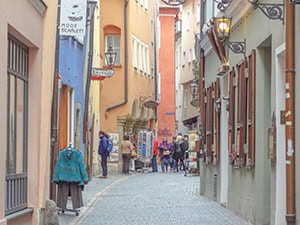
On this day trip, be sure to visit the soaring St. Peter’s Cathedral, a Gothic cathedral adorned with beautiful 14th-century stained glass windows. It sits on the site of the old Roman military camp.
Moreover, visit the turreted Old Town Hall (Altes Rathaus) and its beautifully decorated Reichssaal. Interestingly, its seats are colored to dictate who could sit where. Incidentally, it was in this hall that the first Parliament of the Holy Roman Empire sat for nearly 150 years.
Finally, go up to the rooftop terrace of the Kaufhof department store’s restaurant on the old market square. Bring your camera to capture a wonderful view of the old town and the market area below.
You may also enjoy: The Unexpected Pleasures of Medieval Regensburg / Things to Do in Bamberg, Germany / In Passau, Ambling About on A Quiet Autumn Day

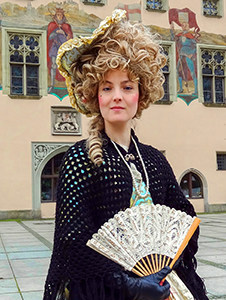
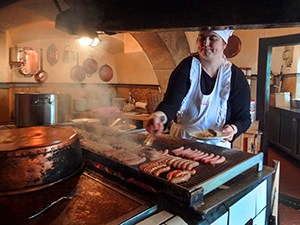
Thank you. Great notes. Tom
Glad you liked it Tom. Hope you can get to them one day.